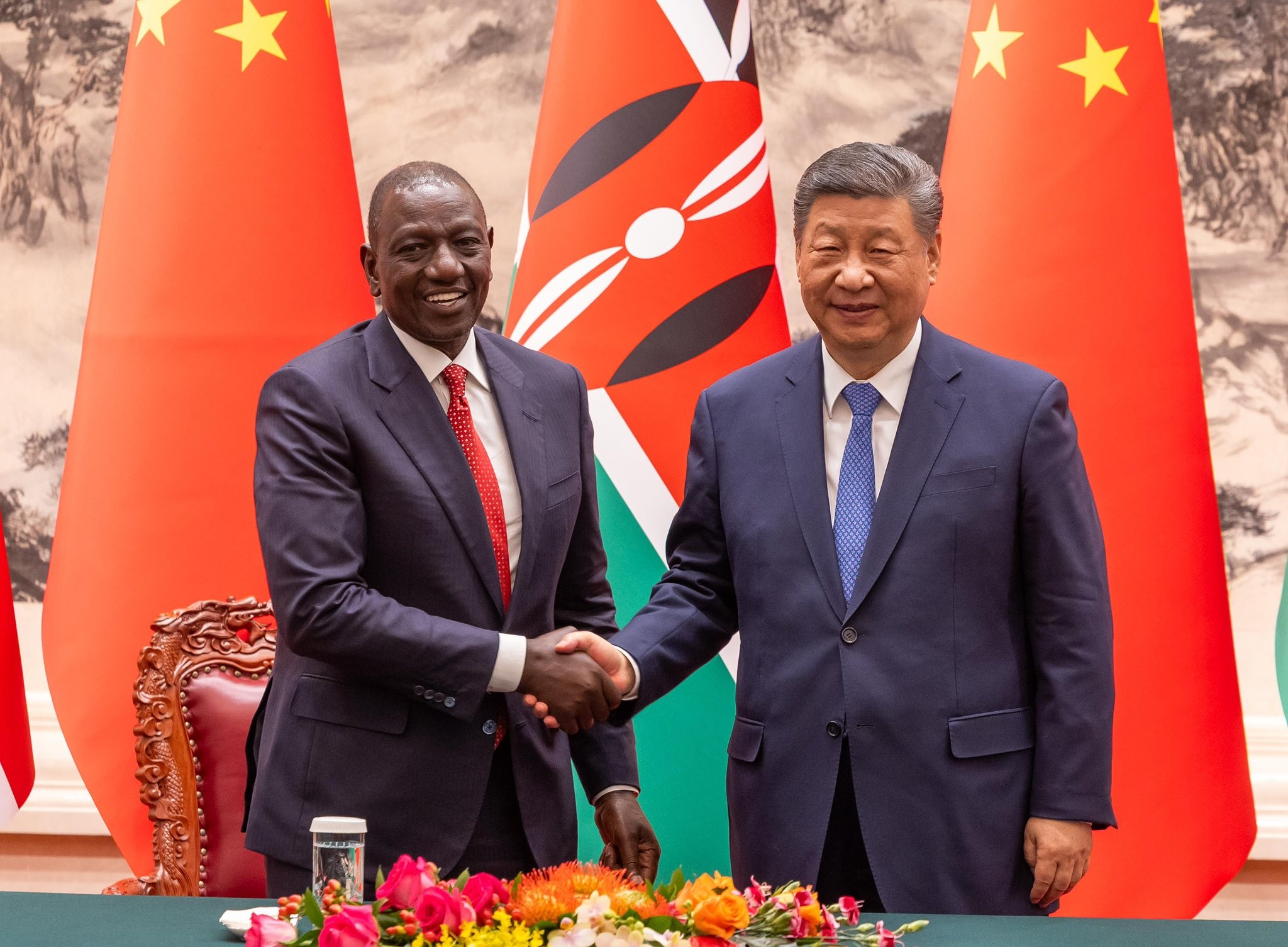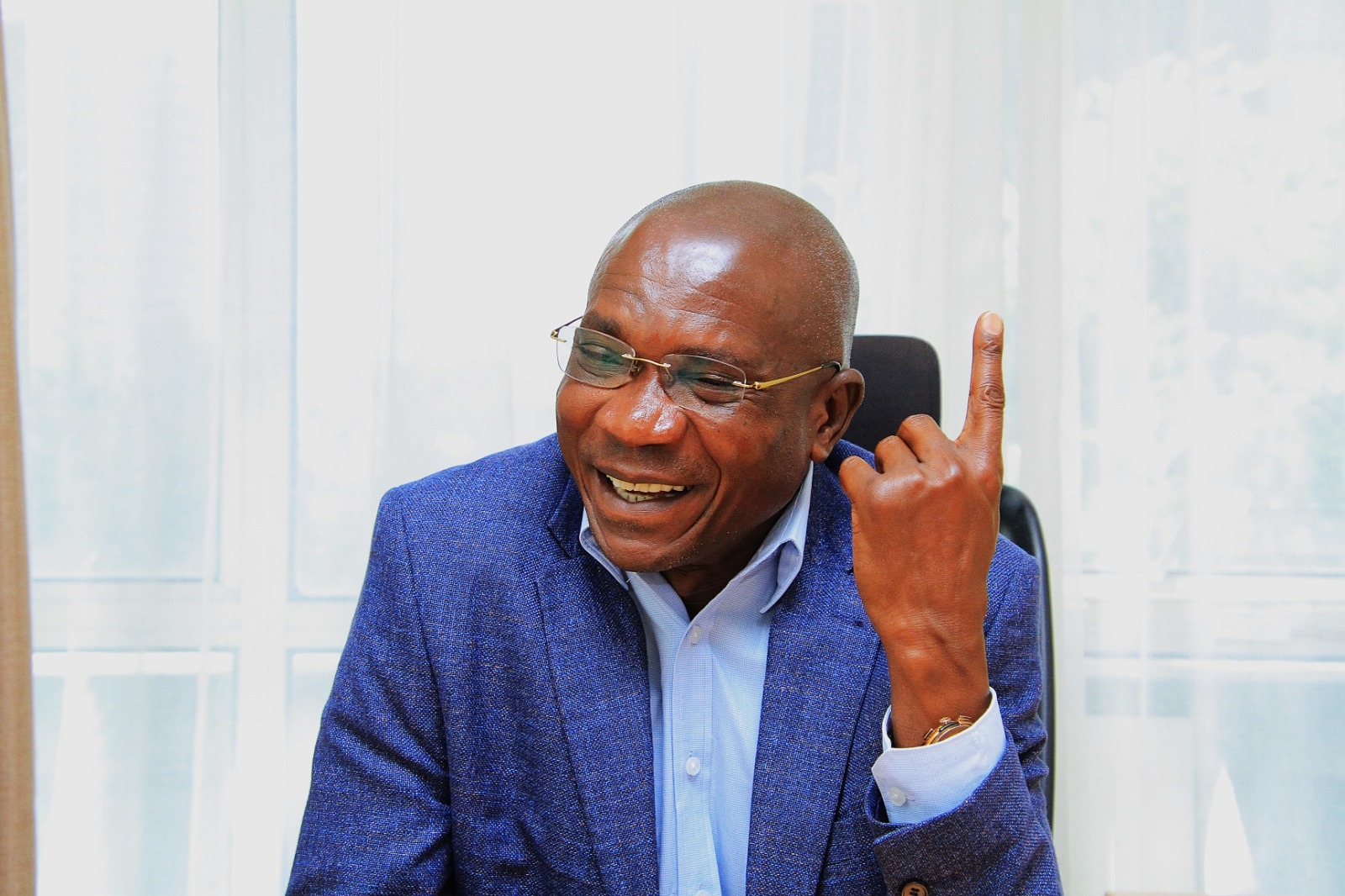

Over the years, I have had the privilege of visiting China on various programmes, and each trip has deepened my understanding of the country’s remarkable rise.
Beyond its economic power and towering cities, what stands out most for me is China’s historic success in eradicating extreme rural poverty, a feat that continues to inspire developing nations around the world.
In 2017, I visited Guizhou Province, once among the poorest regions in western China.
I observed communities huddled in mountainous terrain, struggling to overcome hardship.
When I returned in 2023, the transformation was astounding.
Villages that had long been trapped in poverty were thriving, connected by new roads, equipped with better schools, and supported by vibrant local industries.
This transformation is no accident.
It is the result of a deliberate, nationwide campaign to ensure that no one in China lives in absolute poverty, a promise achieved in 2020 under President Xi Jinping’s leadership.
From 2013 to 2020, China lifted 99 million rural residents out of extreme poverty, fulfilling one of its key national goals of "building a moderately prosperous society in all respects.”
This was a milestone in the country’s long fight against deprivation.
China’s progress had been steady since the late 1970s, when economic reforms began lifting hundreds of millions out of poverty.
However, by 2013, it had become clear that traditional approaches driven solely by economic expansion could no longer reach the remaining poor.
Most of these individuals lived in remote, mountainous areas, faced structural barriers, or resided in regions with low levels of social and economic development.
Recognizing this, China introduced a new approach: the Precision Poverty Alleviation Strategy, a model that redefined how the nation could not only fight but also end extreme poverty.
The precision approach
Launched by President Xi in 2013, the precision model focused on one key principle: tailoring solutions to the unique challenges faced by each household.
The first step involved accurate data collection.
The government identified 29 million poor households, recording details such as income, education, health, and reasons for poverty.
This information formed a dynamic database that enabled targeted support, rather than one-size-fits-all interventions.
As one scholar from Renmin University put it, "Identifying the root causes of poverty is the foundation for selecting the right remedies."
Households received specific assistance, including agricultural inputs, livestock, skills training, and interest-subsidized loans for small businesses.
Villages benefited from solar power projects that generated collective income, while rural residents were supported in finding employment in towns and nearby factories.
At the same time, China invested heavily in basic services, education, healthcare, housing, and infrastructure.
By 2020, every formerly poor household had achieved what Beijing called "Two No Worries, Three Guarantees", meaning not worrying about food or clothing, and guaranteed access to housing, education, healthcare, and safe drinking water.
Governance and political will
China’s fight against poverty was not just about funding; it was also about governance.
The central government provided direction, provinces coordinated resources, and county governments executed plans on the ground.
Leadership accountability was clear. Ruling party secretaries at every level were personally responsible for poverty outcomes in their jurisdictions.
Over three million officials were deployed as village-level team leaders, living in rural communities to oversee projects.
Sadly, more than 1,800 of them lost their lives during the mission, a testament to their dedication to the programme.
To ensure efficiency, more than 20 funding streams were merged at the county level, reducing duplication and ensuring resources reached the intended beneficiaries.
Independent evaluators verified results before counties could be declared poverty-free, reinforcing transparency and credibility.
By the end of 2020, China officially declared the elimination of absolute poverty.
Income levels had risen sharply, access to essential services had expanded, and the once-wide gap between rural and urban living standards had narrowed significantly.
Analysts describe the effort as “a global benchmark for targeted poverty reduction.”
Lessons for the Global South
China’s experience holds valuable lessons for developing nations, especially in Africa.
First, a clear national vision is crucial. The Communist Party of China (CPC) made poverty eradication a top political priority, not just a policy goal.
As Prof. Wang Sangui of Renmin University observed, “Strong political willingness and determination are essential for eliminating absolute poverty.”
Second, understanding the root causes of poverty allows for effective solutions.
China’s use of detailed data ensured that interventions were relevant and sustainable.
Third, education was non-negotiable.
China enforced strict policies to keep every child in school, expanded free secondary education, and emphasized skills development, a lesson many nations can adopt to strengthen human capital.
Fourth, job creation was essential.
The government supported agriculture, livestock production, and small enterprises through subsidized loans.
It also promoted local industries and labour-intensive factories in rural areas, creating jobs close to home.
Fifth, infrastructure such as roads, electricity, water systems, irrigation, and broadband connectivity were built to integrate remote communities into national markets and lay the foundation for sustained growth.
Finally, strong governance and accountability ensured the integrity of the entire programme.
Clear responsibilities, anti-corruption measures, and regular evaluations kept the mission on course.
China’s success proves that poverty is not destiny.
Through vision, leadership, data, and determination, a nation can lift millions out of deprivation and build shared prosperity.
By 2020, China had fulfilled its promise to leave no one behind, setting a powerful example for the world.
For developing countries still battling widespread poverty, China’s experience stands as living proof that with the right model, commitment, and cooperation, progress is not just possible; it is inevitable.
Eric Biegon is a Nairobi-based
journalist.

















